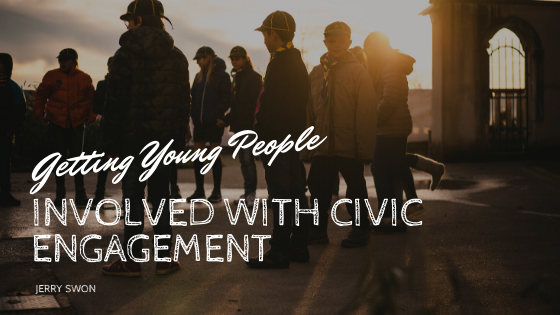The social distancing regulations are still in effect in most states, although they have been loosened in some parts of the country. That being the case, it’s not business as usual for many companies and organizations, including nonprofit organizations. Many nonprofit organizations are reducing their fundraising efforts significantly or completely as the COVID-19 pandemic continues. If this is true for your nonprofit organization, remember that all is not lost. The virtual world has not changed, and you can still utilize it for your fundraising efforts. Here are three ideas.
1. Virtual Peer-to-Peer Fundraiser
A virtual fundraising campaign can be built using existing social media networks like Facebook, Twitter, and others. A fundraising page can quickly be designed using these networks, and the word will quickly get out to those interested in participating. When each individual involved in the fundraising has a social media account of their own, the word will get out even faster. Each person involved can create their particular fundraising page on any one of these platforms and connect with a multitude of people and organizations willing to donate.
2. Virtual Discussions Fundraiser
The social isolation people have to endure can be used to the benefit of your fundraising attempts. You can use virtual meeting tools like Skype, FaceTime, and Zoom to set up small discussion groups and center the discussion around topics concerning your cause. Once you have everyone signed in and participating, you can request contributions. It’s up to you and/or your team just how guests will be solicited for donations. You can do this by embedding a link in the meeting system you’re using.
3. Virtual Cooking Lesson Fundraiser
This is a time when more people than usual are willing to sit down and learn new skills. Food preparation has become a necessity for many who regularly used restaurants for themselves and their families’ meals before this pandemic began. Everyone loves eating, and many have had to learn to cook recently. Take advantage of the situation by setting up a virtual cooking lesson fundraiser. Simply live-stream the lessons and use that as a way to pull people in. This kind of fundraising isn’t limited to just cooking, either. There are many creative crafts you can use to get your audience’s attention and, hopefully, financial support.










